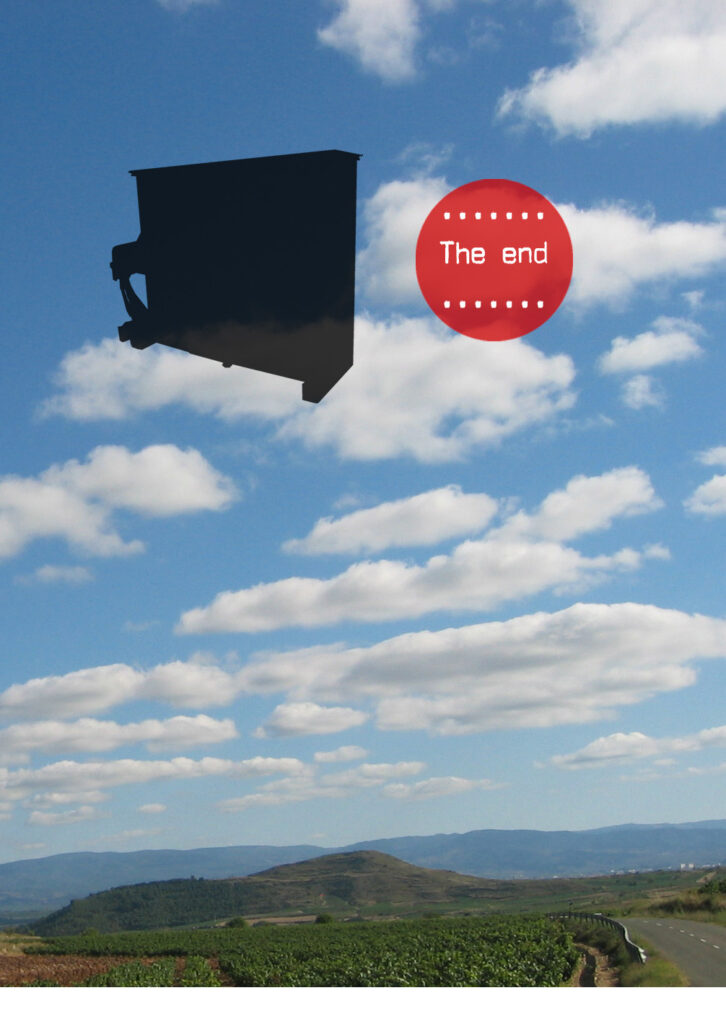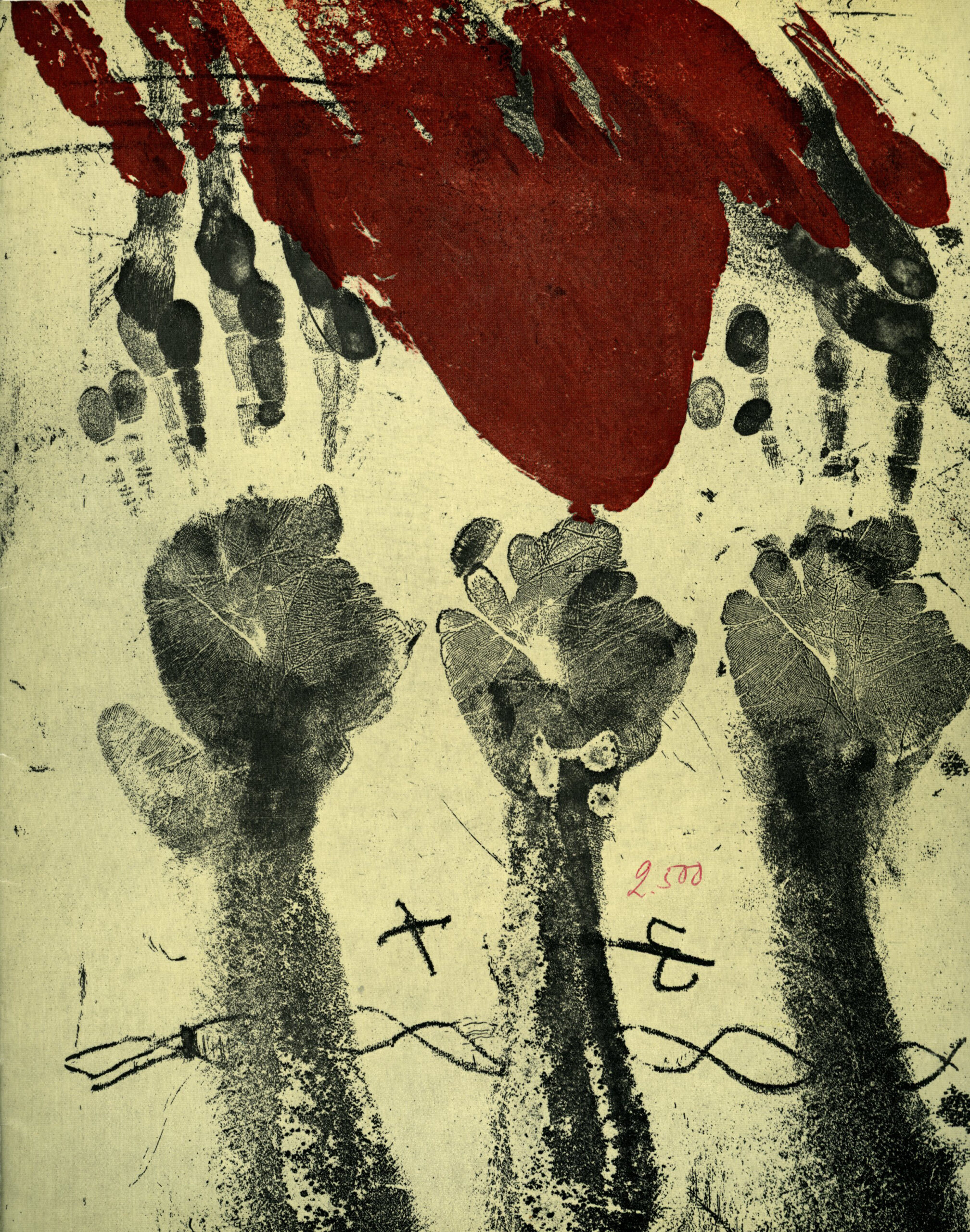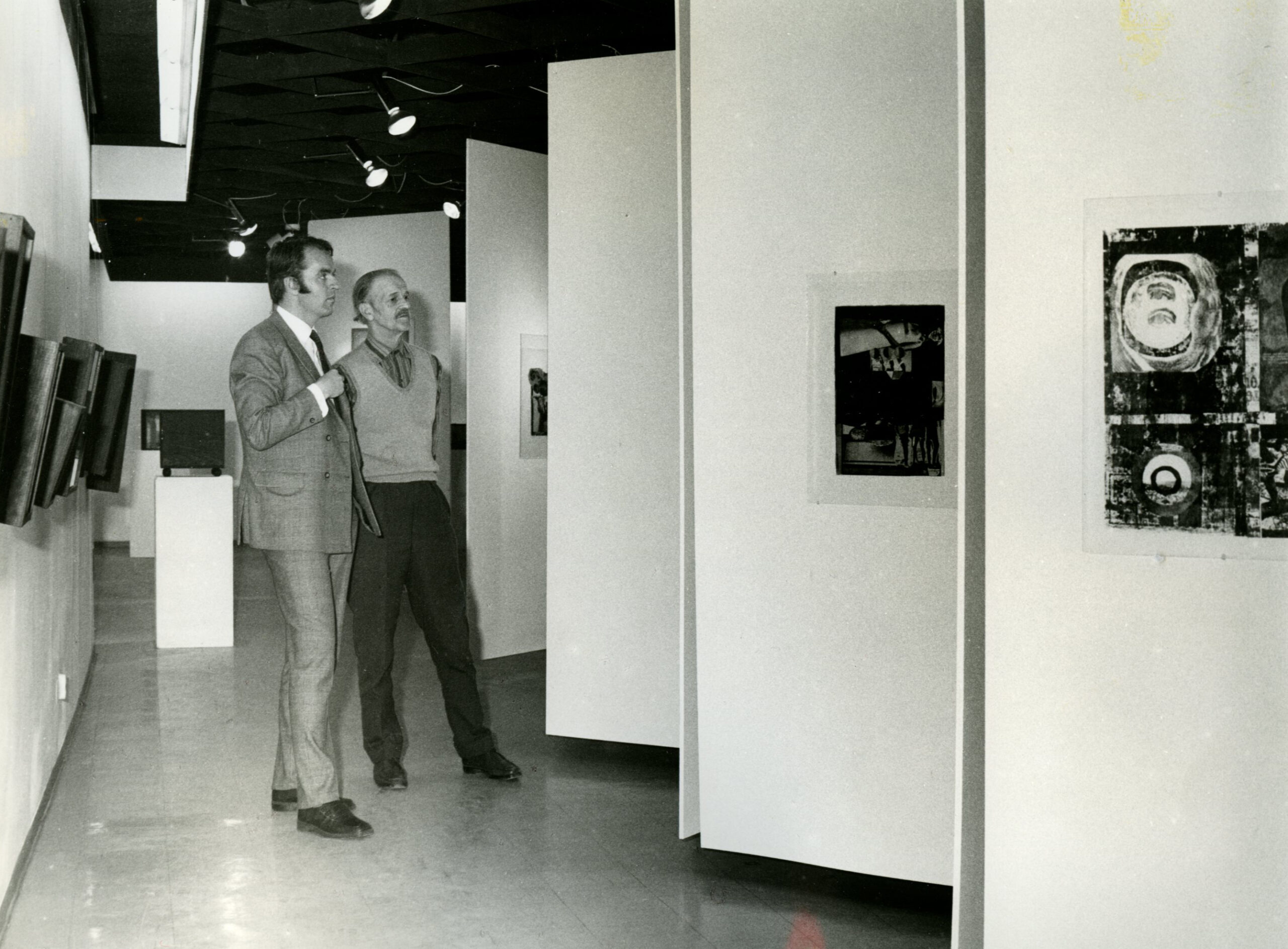


The Catalan artist Antoni Tàpies was born in Barcelona in 1923. When his art was shown at Södertälje konsthall in the spring of 1972, he was 48 years old and was together with Picasso, Gris, Miró and Dalí as one of the greatest artists in 20th century Spanish art. In the 1950s, Tàpies developed a special painting technique haute pâte, a thick impasto technique combined with clay and marble dust, which gives a particularly rough surface structure.

The exhibitions catalog reads “What we like to experience as a specific Spanish tradition, a predilection for dramatic densification, an intensely concentrated color in heavy earth tones and a realism on or across the border of magical super-reality, is expressed in different ways in everyone but especially pure in the youngest of the circle, Tàpies. With his peculiar, metaphysically illuminated art, a simultaneously dramatic and ascetic abstract expressionism against dark mysterious depths, he increasingly emerges as perhaps the most original and deepest talent of his generation. Among artists born in the 1920s, he belongs to the most exclusive small selection that the world’s artistically significant museums and collectors concentrate on when it comes to documenting the development of painting during the 1950s and 1960s.”